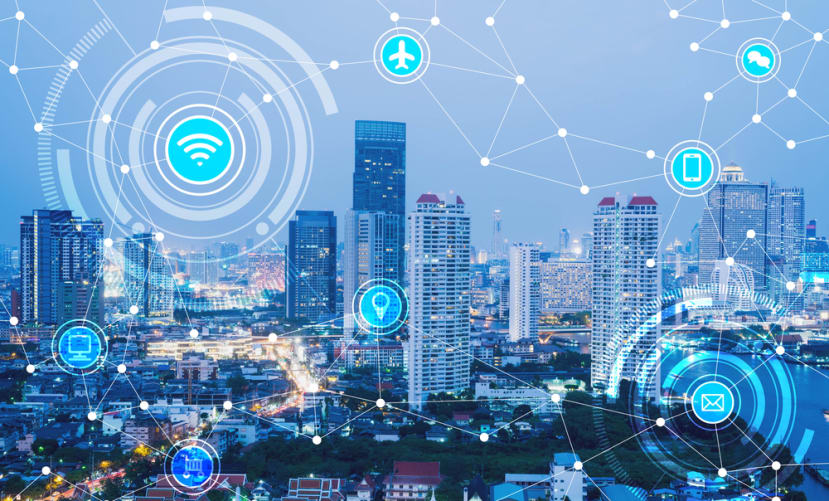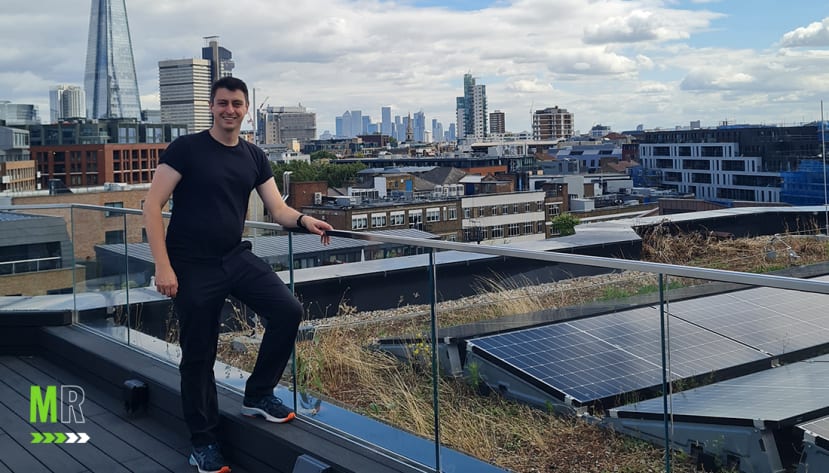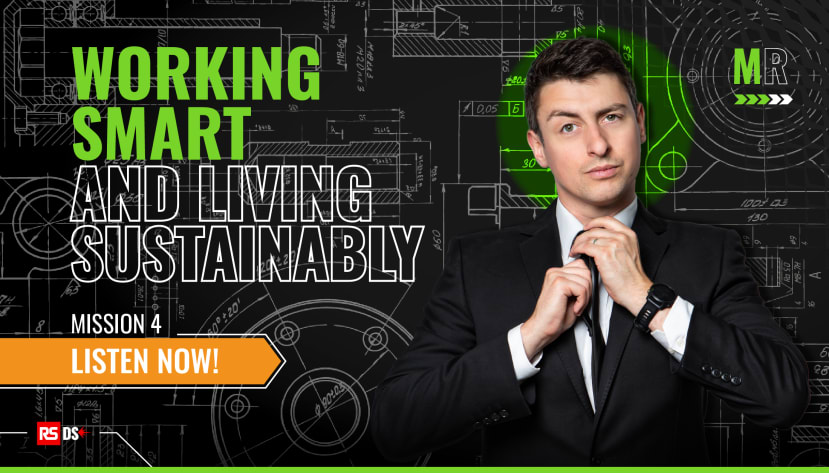Living and working in the cities of the future
Follow articleHow do you feel about this article? Help us to provide better content for you.
Thank you! Your feedback has been received.
There was a problem submitting your feedback, please try again later.
What do you think of this article?
Our neighbourhood
It’s fair to say, that since man existed, we’ve always had a tendency to be drawn to each other like magnets, creating communities where we can all live, work and socialise together. This became very much the case during the last couple of centuries, with industrialisation causing people to move from more rural areas to where the work is, resulting in the huge cities and spread of urbanisation that we have today.
In fact, 56% of the world’s population – that’s an eye-watering 4.4 billion people – live in our cities, with that number expecting to double by 2050[1].
As with everything, there are pros and cons to living in cities and urbanisation. On the plus side you have all the facilities on your doorstep with better access to public services and transport, however, on the other side of the coin, many cities tend to come with a lack of green space, increased exposure to noise, air and light pollution, as well as higher living costs. So, it’s no surprise that they account for 70% of the world’s CO² emissions[2]!
There’s also the city’s infrastructure that’s needed to meet the demands of its inhabitants. Basic necessities like sewer and water treatment utilities, waste management, roads, healthcare, housing and schools – all need to keep pace with the rate of growth of the city. Without this infrastructure in place there’s a risk to public health and the environment, after all, globally cities are having to cope with the production of over 2 billion tons of waste annually[2] – imagine the consequences of not being able to handle that properly!
So, how can we plan our cities of the future to be more connected, efficient and sustainable for both the environment and people?
Smart cities
Over the centuries, many settlements that have evolved into our oldest and largest cities were established due to their geographical position – whether that’s around a river, such as London, or by the sea as a trading port, such as Boston US. In many of these cases, their expansion was organic and therefore lacked the planning to be able to think ahead, often leading to an outdated infrastructure.
But imagine if you had a clean slate and were able to design a city from the ground up using the best modern engineering and infrastructure technologies, what would this modern ‘smart’ city look like?
Well, let’s look at some of the challenges we need to tackle:
- Waste management
- Energy usage
- Emission control
- Congestion
- Connectivity and WiFi access
- Utilities
All of these could benefit from smart technologies[3]. There are plenty of power-saving and energy efficiency solutions to help with energy usage and sustainability, 5G networks to help with connectivity and WiFi access, as well as AI-assisted traffic management and automated waste disposal management systems, that could be incorporated into the infrastructure.
These of course would be much easier to implement if designing a new city, but what about cities that are already established, which are continuing to grow annually and whose infrastructure is already straining at the seams?
Smart technology
Cities are constantly looking to find ways to improve and grow with its population and there are plenty of great success stories. For instance, San Francisco needed a solution to help clean its act up. The ever-expanding city was struggling with rising cleaning costs, receiving up to 10,000 public complaints about hygiene and sanitation.
What was the solution? Well, they set up a pilot and installed sensors into 48 of the city’s public waste bins, to monitor overflow and vandalism. This way they could locate and optimise when to empty the bins before they became a public concern, assess the best locations to site them and also, reduce the number of collections.
And the results? San Francisco achieved an 80% decrease in overflowing bins, 66% decrease in street cleaning requests and a 64% decrease in illegal dumping. In fact, the pilot was so successful that they installed an additional 1000 sensors in their bins. A real triumph for cleaner streets using smart technology[4].
Smart technology is also being used when it comes to designing smarter buildings. With a premium on space, building owners are looking to maximise buildings to their full potential – incorporating energy efficiency, comfortable working environments, and security - all as sustainably as possible.
Smart Building design
One such example is showcased in our DesignSpark podcast, which features the Southworks[5] building in London. This has been designed to incorporate a plethora of smart gadgets. Using sensors to monitor the building’s vital signs they are able to optimise the spaces for its occupants and operations.
For instance, fresh air is circulated using a 4-pipe fan coil HVAC system, along with windows that open throughout. The building’s architecture provides naturally lit spaces and controlled temperatures which can be customised, adjusting to take into account solar gain and glare. The high-efficiency lighting even incorporates daylight sensors to detect if lights need to be on or not.
They’re not short on energy efficiency solutions either, with 200m² of photo-voltaic cells on the roof to help provide a source of renewable energy, plus heat recovery equipment and variable speed pumping – to mention a few. These can really maximise the building’s performance, without too much strain on the environment.
The real-time data captured by the B-Grid sensors installed throughout provides the information to enable users to customise their environment, to suit their needs. As a result, the design has achieved BREEAM ‘outstanding’ rating, an EPC ‘A’ rating, plus Wired Score – Gold Standard for connectivity[6]…now, that is smart!
What does the future hold?
So, we know there’s a real drive to make our cities smarter and more sustainable for modern-day life, but did you know there’s even a group who aim to realise the building of permanent settlements in space?
In our podcast, we introduce you to a community of scientists, lawyers, students, engineers, doctors and architects, under the name of Nexus Aurora.
This varied group of experts first came together in 2020 to work together for a competition entry – The Mars Society City State Competition, to be precise. The aim was to design a city-state on Mars that was able to produce its own food, clothing, shelter, power, transport etc. for a population of a million, using only the minimum key components from Earth, e.g. advanced electronics[7].
In the podcast, you’ll hear how they considered all elements within their design, incorporating responsible and sustainable practices for both environmental and social needs. You can read their report here. It will be no surprise to learn that the team went on to win the competition. That’s not the end of the story, however, as the group still meet up.
Firmly believing that there will be communities in space in the near future, they continue to look at and tackle potential issues, from autonomous robotics to thermal engineering, to fire evacuation and safety, motivated by the fact that some of the concepts they create may in fact come into reality. A truly inspirational group.
Old cities vs new cities…no matter, how you look at it, technology has developed in such a way that both can play their part in creating a more sustainable, better world to live in.
Sources:
[1] Urban Development Overview (worldbank.org)
[2] Urbanization and the Megacity - World Population (worldpopulationhistory.org)
[3] Smart cities – GeographyCaseStudy.Com
[4] How San Francisco Reduced Overflowing Waste by 80% with Smart Sensors (stateofgreen.com)
[5] Southworks (whysouthworks.london)
[6] SouthworksSpecification.pdf (whysouthworks.london)
[7] www.citystate.marssociety.org
We would like to credit 'Chris Armstrong' as the researcher for this article.






Comments